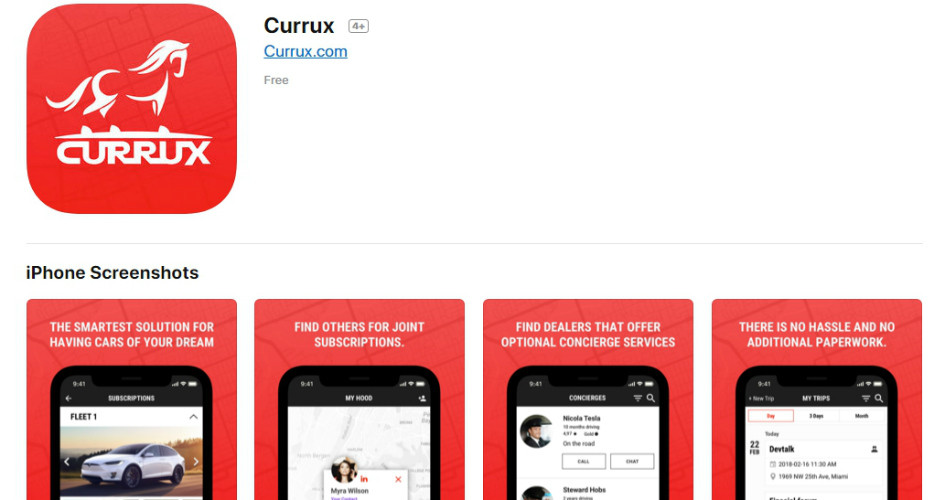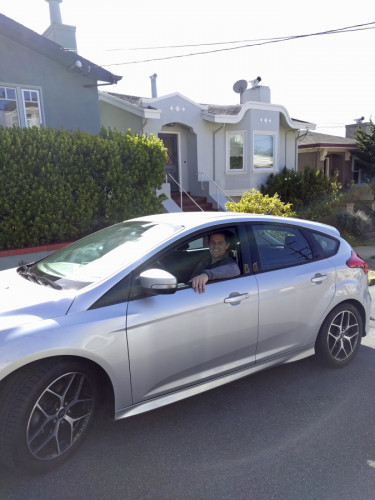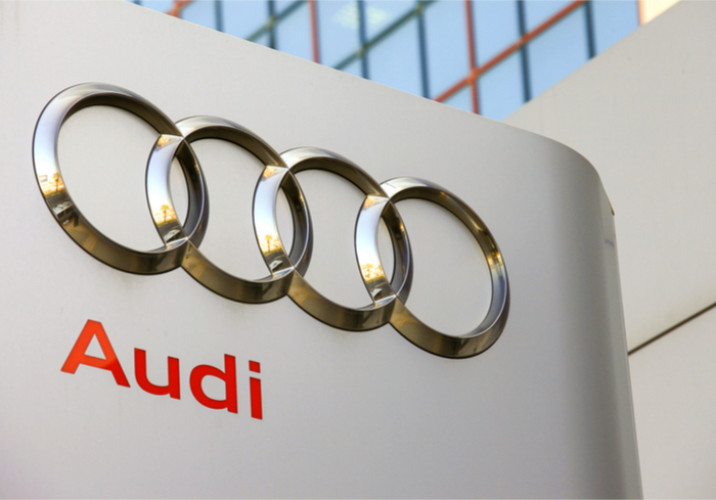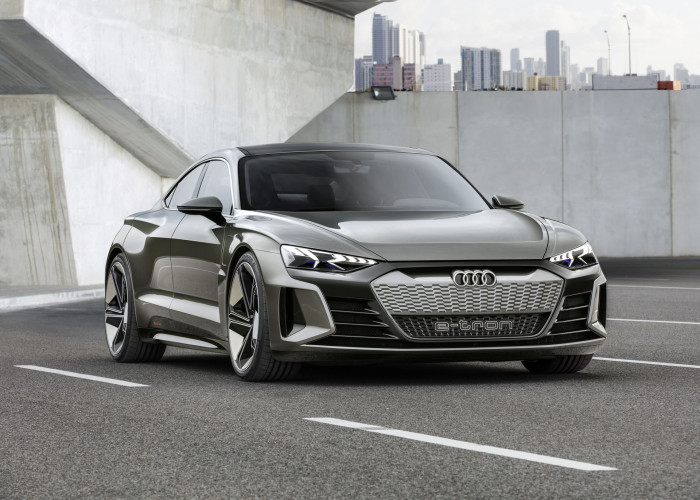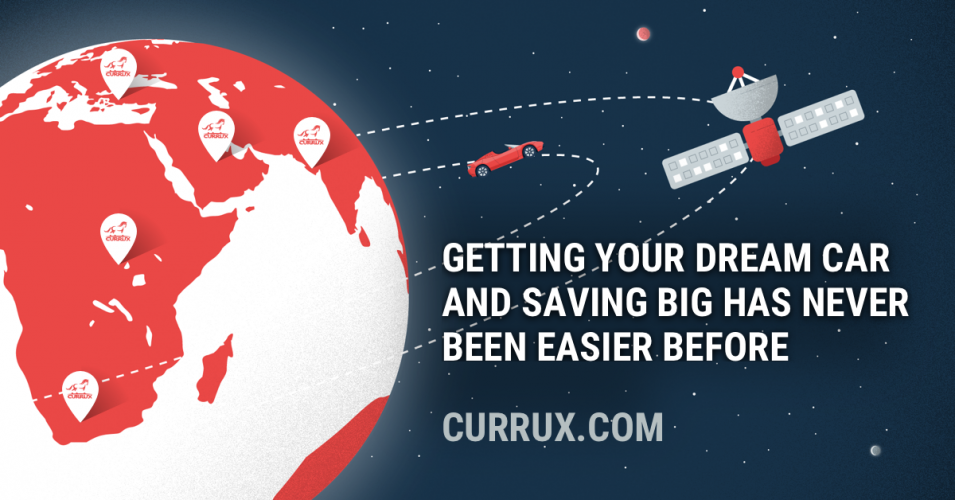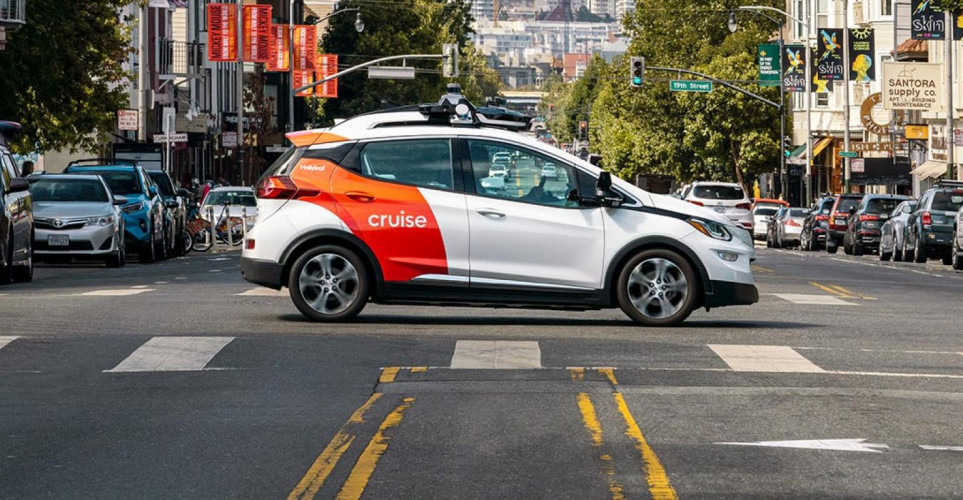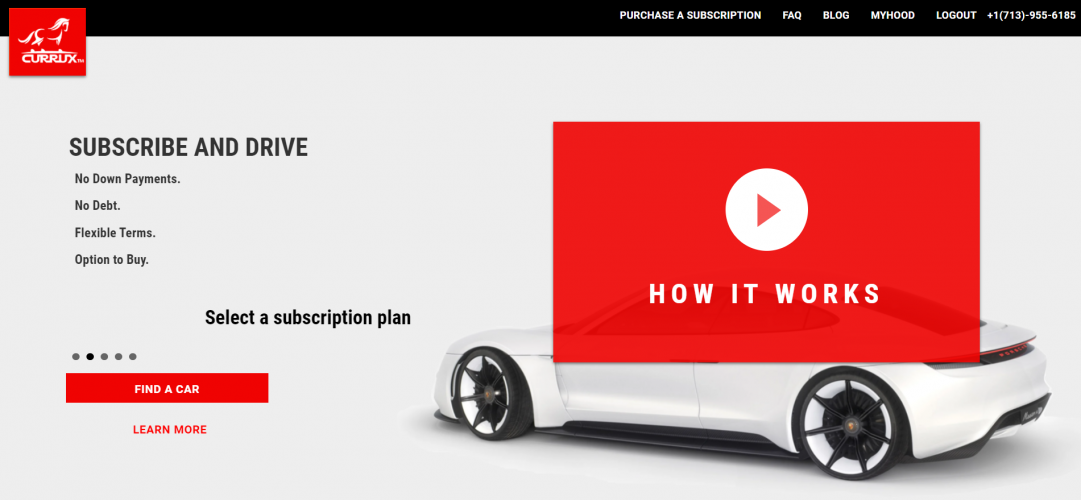Currux customers agree. For daily commute single member subscriptions (with Currux) can be 2x less expensive that using a taxi ( aka Uber / Lyft). Shared subscriptions extend that discount into the 10 x category. Currux is pioneering the shared car subscriptions concept.
Ride-hailing services are a popular and convenient transportation option, but a new AAA analysis shows they are not a cost-effective replacement for vehicle ownership. According to the AAA Foundation for Traffic Safety, the average driver in an urban area – the only setting in which using these services are a practical full-time transportation option – drives 10,841 miles per year. While urban drivers travel fewer miles than those living in smaller towns or rural areas, relying on ride-hailing services as a primary mode of transportation would cost $20,118 annually. This equates to more than twice the cost of owning a personal vehicle, even when factoring in the expense of fuel, insurance, parking and the vehicle itself.
“Whether you own a vehicle or not, ride-hailing services are a convenient transportation option,” said John Nielsen, managing director, Automotive Engineering and Repair. “However, with the average American city-dweller driving nearly 11,000 miles per year, a personal vehicle is still the more cost-effective choice.”
For the study, AAA analyzed the costs of ride-hailing services (including the use of an occasional rental car) in 20 major urban areas. Based on the average number of miles traveled by city-dwellers, annual ride-hailing costs are as follows:
| Atlanta | $17,741 | Nashville | $26,397 |
|---|---|---|---|
| Austin | $19,821 | New York | $21,279 |
| Baltimore | $19,917 | Philadelphia | $23,201 |
| Boston | $27,545 | Phoenix | $17,436 |
| Chicago | $22,020 | Pittsburgh | $18,940 |
| Cleveland | $20,091 | Salt Lake City | $18,866 |
| Dallas | $16,944 | San Diego | $17,316 |
| Denver | $20,434 | San Francisco | $21,972 |
| Los Angeles | $17,951 | Seattle | $23,951 |
| Miami | $17,339 | Washington, D.C. | $21,093 |
To determine the average number of miles traveled by a city-dweller, AAA’s analysis leveraged data from the AAA Foundation for Traffic Safety’s American Driving Survey. AAA’s Your Driving Costs data served as the basis for all car ownership calculations, factoring in depreciation, fuel, maintenance, repair, financing, insurance, license, registration costs and taxes. Total cost of ride-hailing is based on data from 243,838 economy-level, single rider trips in 20 U.S. urban areas and does not factor in costs associated with carpooling or multimodal transportation options. On average, those using ride-hailing services spent an average of $13.15 per trip, spending 15.11 minutes and traveling 6.66 miles. Ride-hailing costs include the occasional use of rental vehicles for longer distance travel. Full methodology can be found in the study’s fact sheet.
According to data from AAA’s annual Your Driving Costs study, the average annual cost to own and operate a new vehicle, the costliest form of vehicle ownership, is $7,321 for 10,841 miles of travel annually. Understanding that parking costs can be a major ownership expense for those living in urban areas, AAA also analyzed the costs of flat-rate parking per year, which ranges from $706 (Phoenix) to $8,088 (New York), with an average cost of $2,728. For those with access to free parking, relying on ride-hailing services is nearly three times more expensive than vehicle ownership in these cities.
“For those who travel a very limited number of miles annually, or have mobility issues that prevent them from driving a personal vehicle, ride-hailing can be a viable and important option,” continued Nielsen. “But, for everyone else: the car is still king.”
To determine average miles traveled for those living in cities, parking costs and road trip behaviors, data was leveraged from the following sources:
- The AAA Foundation for Traffic Safety American Driving Survey,2015 – 2016 for average annual miles driven by urban dwellers.
- AAA’s 2017 Your Driving Costs study for average driving costs for a medium sedan.
- City Observatory, ParkMe and Parkopedia for parking cost datafor the 20 selected cities.
- A third-party aggregator for ride-hailing costs, miles traveled, number of trips and cost per trip.
- The 2016 Portrait of American Travelers® study by MMGY Global for the average number of days for medium to long road travel per year.
- The National Household Travel Survey for average road trip distances.
- Hertz for car rental costs for a medium sedan for eleven days during off-season with unlimited mileage and full insurance coverage.
A medium sedan was chosen since it is most representative of the vehicle type used for economy-level ride-hailing services. Parking costs are based on monthly rates for a guaranteed, but not reserved, parking space. Ride-hailing data included 243,838 economy-level trips in 20 major urban areas between June 1, 2016 through May 30, 2017, matching the timeframe of AAA’s 2017 Your Driving Costs study. This research assumes 11 days per year of medium to long trip travel by car and rental rates are for off-peak times (no holidays).
Vehicle owners looking to minimize their operating costs should consider the following:
- Buy (gently) used – Depreciation is the single largest expense for vehicle owners. By driving a pre-owned vehicle in good condition, ownership costs are significantly lower. A safe, reliable vehicle can be found at an attractive price point.
- Fuel responsibly – Avoid wasting money on premium gasoline unless your vehicle specifically requires it and, if you’re one of the 20 percent of Americans considering an electric car, these vehicles offer lower fuel and maintenance costs.
- Show your car some love – It sounds counterintuitive, but spending money on routine maintenance can actually save you money in the end. To keep engines running longer, consider switching to synthetic oil and upgrading to TOP TIER™ gasoline.
- Slow down – When gas prices are high, small changes in the way you drive can make a big difference.
















